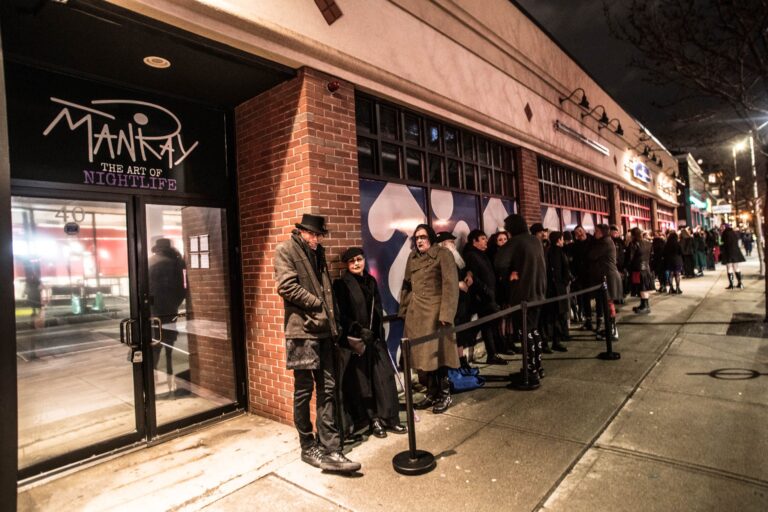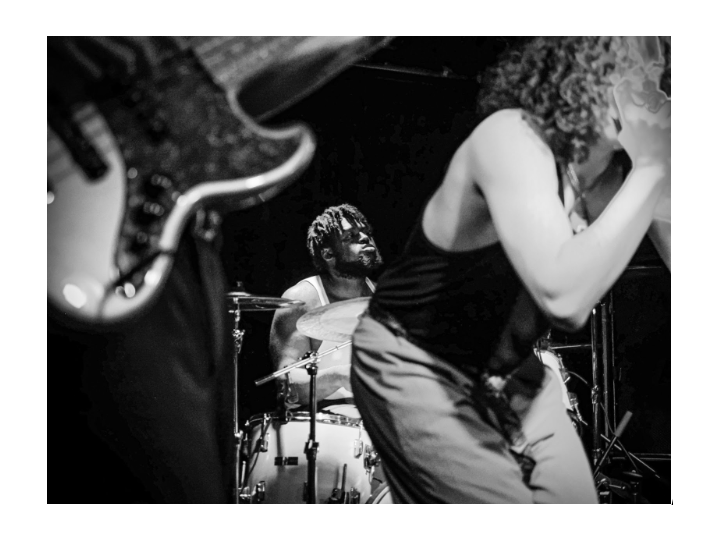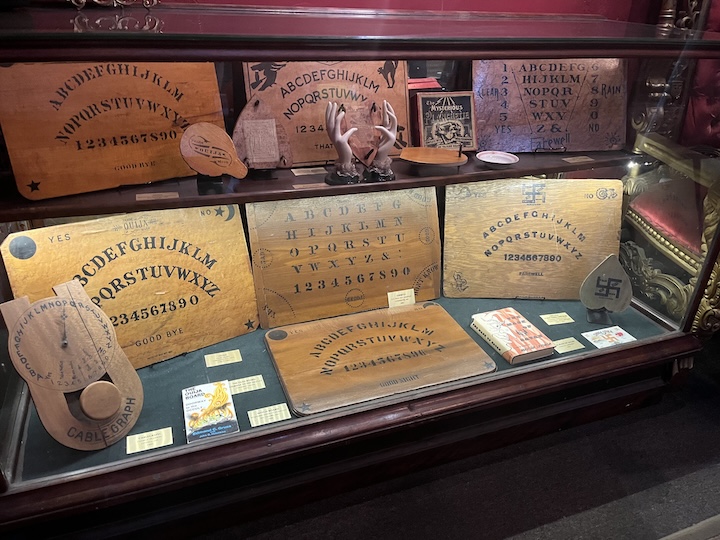The Cambridge Historical Commission has identified at least 10 soldiers who were either enslaved or formerly enslaved and may have been from Cambridge, including Cato Boardman and Cato Stedman
It has been 250 years since Cambridge’s Cato Boardman and Cato Stedman joined 68 other militiamen on the Lexington Green and faced down 800 British troops on April 19, 1775.
But Boardman and Stedman weren’t just patriotic heroes standing against British tyranny, they were also likely enslaved at the time, according to the National Park Service, and were among at least 18 men of color, both enslaved and free, who served in the colonial militia companies in Lexington and Concord that day.
An estimated 5,000 Black people served in the Revolutionary army, while many others, possibly up to 100,000, fled to British-controlled territory and served with the British forces, according to the Massachusetts Historical Society. Officials in Cambridge have been researching Stedman, Boardman, Neptune Frost, and other enslaved men from the city who served in the Continental Army as part of their efforts to commemorate the 250th anniversary of the Revolutionary War, according to Sarah L. Burks, preservation planner at the Cambridge Historical Commission.
The commission is planning to host a talk about men of color who served during the war, potentially at First Church Cambridge at the end of June, Burks said.
“It’s been a research question for a long time, and there’s not a whole lot of documentation on any of those individuals,” Burks said.
So far, the commission has identified at least 10 men who were either enslaved or formerly enslaved and may have been from Cambridge, Burks said. Some of the men may have been from Arlington, which was part of Cambridge at the time and known as Menotomy.
“People moved around a lot,” Burks said. “Even enslaved people would be sort of assigned a job to do for someone else and go live somewhere else for a while and do that job, and then come back. So we’re trying to determine whether these additional seven people had strong Cambridge ties or not.”
While some of the men were free by the time the war broke out, others who were still enslaved made deals with their enslavers to earn their freedom after serving in the Continental Army, Burks said. Others were freed after the courts ruled that slavery was unconstitutional under the new Massachusts constitution in three cases between 1781 and 1783.
“Many of them, even if enslaved, had been born here by that time and had a sense of patriotism towards the colonies and wanted to fight on the side of the revolution,” Burks said. “Others may have seen it as a means to achieve liberty and, some, either economic or legal freedom.”
According to the book “Unwelcome Americans: Living on the Margin in Early New England” by Dr. Ruth Wallis Herndon, Stedman was owned from birth and raised as a slave by Captain Ebenezer Stedman. In June 1775, shortly after the battle in Lexington, Stedman was granted his freedom.
He then made two very important decisions. He changed his last name from Stedman to Freeman, and enlisted in the Continental Army. He served six years and three months, the entire duration of the war.
“As a soldier, he probably performed many of the same servant tasks as he had as a slave, as was the fate of many African-Americans who enlisted in the Continental Army,” Herndon wrote.
As I reported for the Cambridge Chronicle seven years ago, Freeman served in the Battle of Bunker Hill on June 17, 1775. According to Herndon, he also served at Valley Forge and West Point, and helped solve a food shortage issue in the winter of 1781-82.
Freeman and two of his fellow soldiers were also court-martialed and convicted of stealing and killing a cow that belonged to a civilian near their camp, according to historians. He received 100 lashes and was fined 40 shillings.
After Freeman left the army, he married Katherine Greene and moved to Rhode Island where they had three children. He was given 100 acres of land in the Trans-Appalachian territory as back pay for his military service, but ran into financial trouble and was forced to move back to Cambridge by officials in Cranston, Rhode Island.
While it’s possible he moved out West, Herndon said it’s likely that he stayed in the area.
“Given Freeman’s economic marginality, it’s just as likely he sold his land rights to a speculator and stayed in New England, eking out a living in the region where he and his wife had work and community,” Herndon wrote.
It’s possible Freeman’s first wife died, because he appears to have married a woman from Medford in 1796, Burks said.
As for Frost, Burks said that he served as a drummer in the army and then remained in Cambridge after the war. He lived in a house off of Mass Ave near Porter Square until he died in 1813, Burks said.
“He had a family, a wife, and at least one child in his household,” Burks said.
Both Freeman and Frost are believed to have been buried in the Old Burying Ground in Cambridge, according to the National Park Service.
Burks said it’s important for the public to learn about their stories.
“I think it’s important that their names be remembered and that we learn more about their lives,” Burks said, “both before and after the war.”






